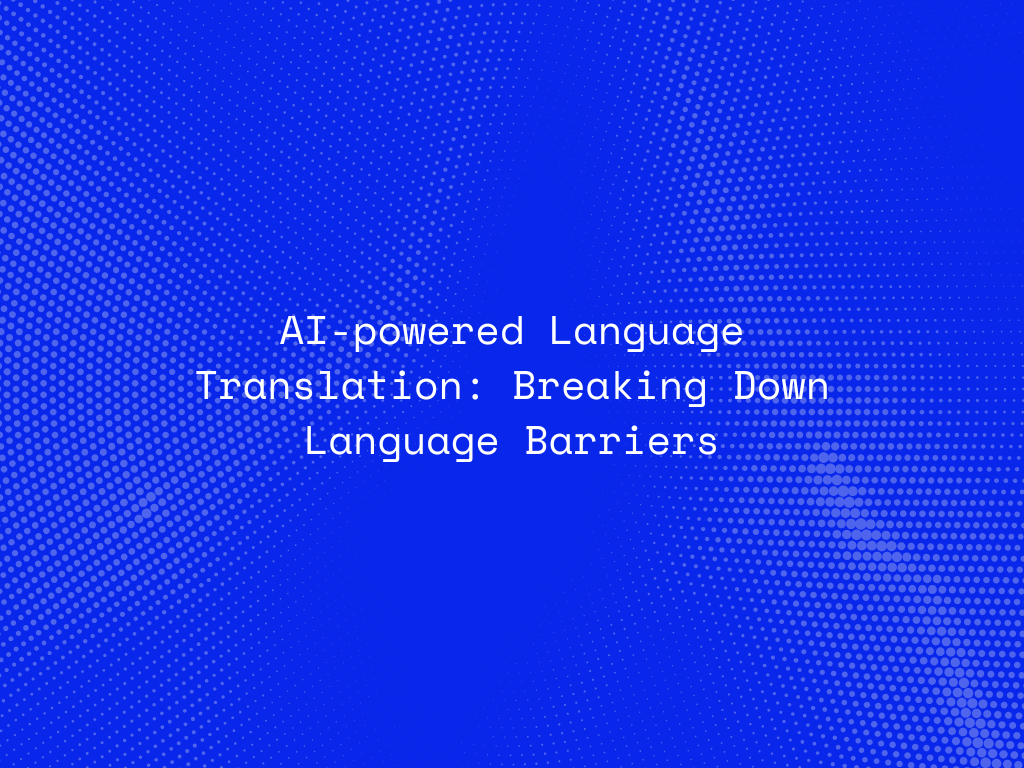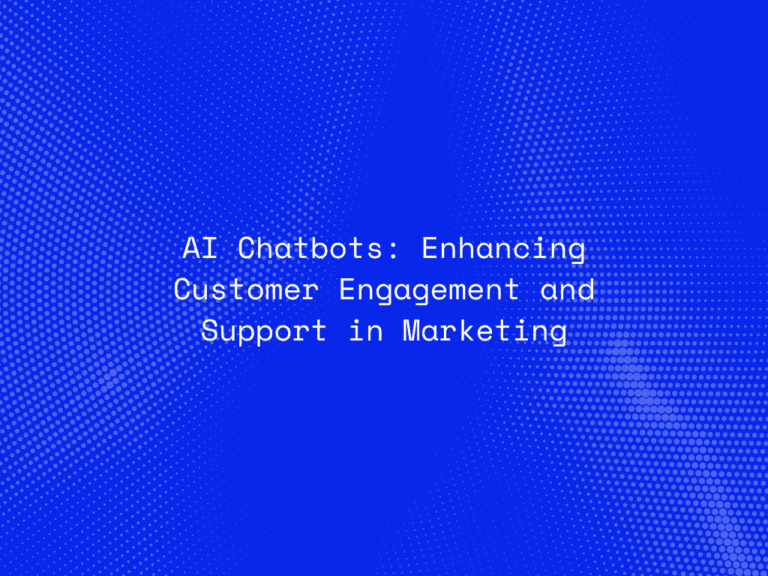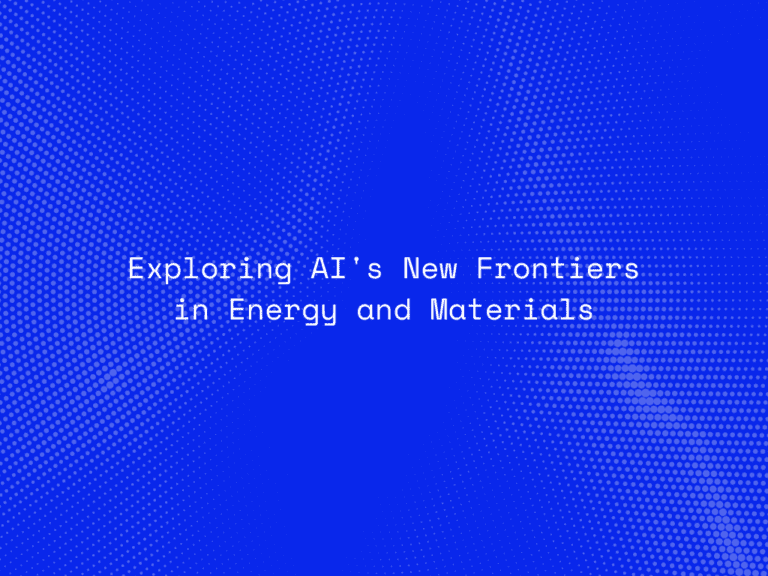In an increasingly interconnected world, the ability to communicate across languages is more crucial than ever. Language barriers can limit opportunities, stifle collaboration, and hinder global growth. Enter AI-powered language translation, a groundbreaking technology transforming how we connect and interact across linguistic divides.
By leveraging cutting-edge advancements like neural machine translation (NMT) and natural language processing (NLP), AI enables faster, more accurate, and contextually nuanced translations. Whether it’s powering multilingual customer support, facilitating international trade, or democratizing access to education, AI is unlocking new possibilities in communication.
This blog delves into how AI-driven language translation works, its game-changing applications, and the future it promises for global communication.
How AI-powered Language Translation Works
AI-powered translation systems operate by blending advanced algorithms and linguistic data to deliver precise and meaningful translations. Here’s how:
1. Neural Machine Translation (NMT)
Unlike traditional translation methods, NMT processes entire sentences rather than individual words. This approach helps retain context, grammar, and the intended meaning of phrases, producing translations that feel natural and coherent.
2. Contextual Awareness
AI models use vast datasets to analyze cultural nuances, idioms, and tone. This ensures translations go beyond literal meanings, capturing the essence of the original message.
3. Real-time Adaptation
AI tools like Google Translate and Microsoft Translator provide instant translations for text, speech, and even images, enabling seamless communication across languages in real time.
4. Continuous Learning
AI-powered translators are designed to learn from user interactions, improving their accuracy and fluency with each use.

Transformative Applications of AI in Language Translation
1. Global Business Expansion
AI translation tools enable companies to overcome linguistic challenges, localize marketing strategies, and communicate effectively with diverse audiences.
Example: E-commerce platforms translate product descriptions and reviews, making them accessible to global customers. Businesses can scale to new markets without needing extensive manual translation efforts.
Benefits:
- Expands customer reach.
- Increases sales by engaging non-native speakers.
2. Multilingual Customer Support
AI enables businesses to offer customer support in multiple languages, fostering inclusivity and better user experiences.
Example: Chatbots powered by AI can communicate in several languages, resolving customer queries instantly.
Benefits:
- Reduces response time.
- Enhances customer satisfaction.
3. Advancing Education and Research
AI makes educational resources, academic research, and online courses available in various languages, ensuring inclusivity in learning.
Example: MOOC platforms like Coursera and Khan Academy use AI to subtitle and translate courses, enabling learners from different linguistic backgrounds to access the same material.
Benefits:
- Democratizes education.
- Encourages global collaboration in research.
4. Enhancing Travel and Tourism
AI translation tools assist travelers in navigating foreign countries, translating signs, menus, and conversations in real-time.
Example: Mobile apps like Google Lens and iTranslate provide instant translations, bridging the gap between tourists and locals.
Benefits:
- Enables smoother travel experiences.
- Promotes cultural exchange.
5. Healthcare Communication
In critical situations, accurate translation can save lives. AI tools help bridge language gaps between patients and medical professionals.
Example: Hospitals use AI translators to ensure patients clearly understand diagnoses, treatments, and medical instructions.
Benefits:
- Improves patient outcomes.
- Reduces risks of miscommunication.
The Benefits of AI-powered Language Translation
- Faster and Scalable Communication: AI tools process translations in real time, handling multiple languages effortlessly.
- Cost-Effective Solutions: AI reduces the dependency on human translators for routine tasks, significantly lowering operational costs.
- Cultural Sensitivity: By recognizing idioms, slang, and cultural context, AI produces translations that feel natural and relatable.
- Enhanced Accessibility: AI translation democratizes access to information, breaking linguistic barriers in education, healthcare, and global trade.
- Continuous Improvement: As AI tools gather more data, they become smarter and more reliable over time.
Challenges and Limitations
While AI-powered translation offers incredible advantages, it is not without challenges:
- Contextual Errors: AI may occasionally misinterpret sentences with ambiguous meanings or cultural nuances.
- Rare Language Support: AI translation excels in common languages but often lacks robust support for underrepresented ones.
- Data Privacy Concerns: Translating sensitive information raises questions about how data is stored and used.
- Bias in AI Models: Translation algorithms trained on biased data may perpetuate inaccuracies or stereotypes.
The Future of AI in Language Translation
AI translation technology is evolving rapidly, and its future holds exciting possibilities:
- Real-time Conversational AI: Enhanced translation systems will facilitate natural, multilingual conversations in real time, transforming international communication.
- Increased Support for Rare Languages: AI initiatives will focus on preserving endangered languages, broadening linguistic inclusivity.
- Integration with AR and VR: Augmented and virtual reality platforms will incorporate translation for immersive, multilingual experiences.
- Ethical AI Practices: Developers will work to eliminate bias and ensure secure, transparent data handling in AI translation systems.
- Hyper-personalization: AI will adapt to individual users, tailoring translations based on preferences, style, and tone.
Conclusion
AI-powered language translation is bridging communication gaps and enabling a more connected global community. From streamlining international business to enriching educational opportunities, this technology is redefining the way we interact across languages.
While challenges like data privacy and contextual accuracy remain, ongoing advancements promise solutions that are more precise, inclusive, and culturally aware. Businesses, educators, and individuals who embrace AI-powered translation today will benefit from its transformative potential in breaking down language barriers.
The future of language translation lies in AI’s ability to learn, adapt, and connect people like never before.




